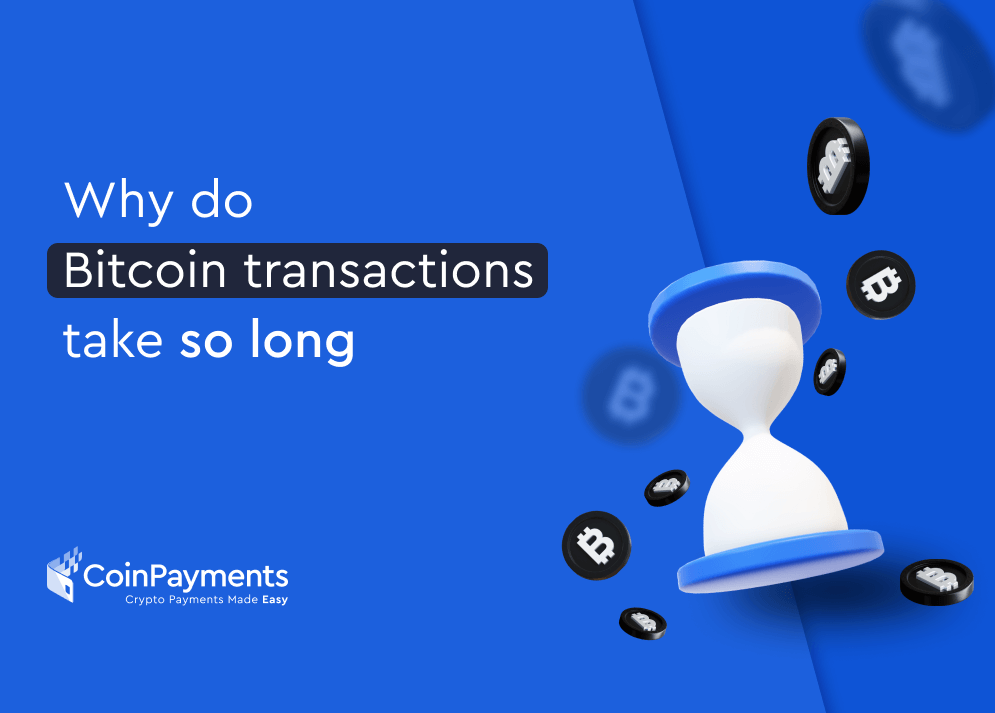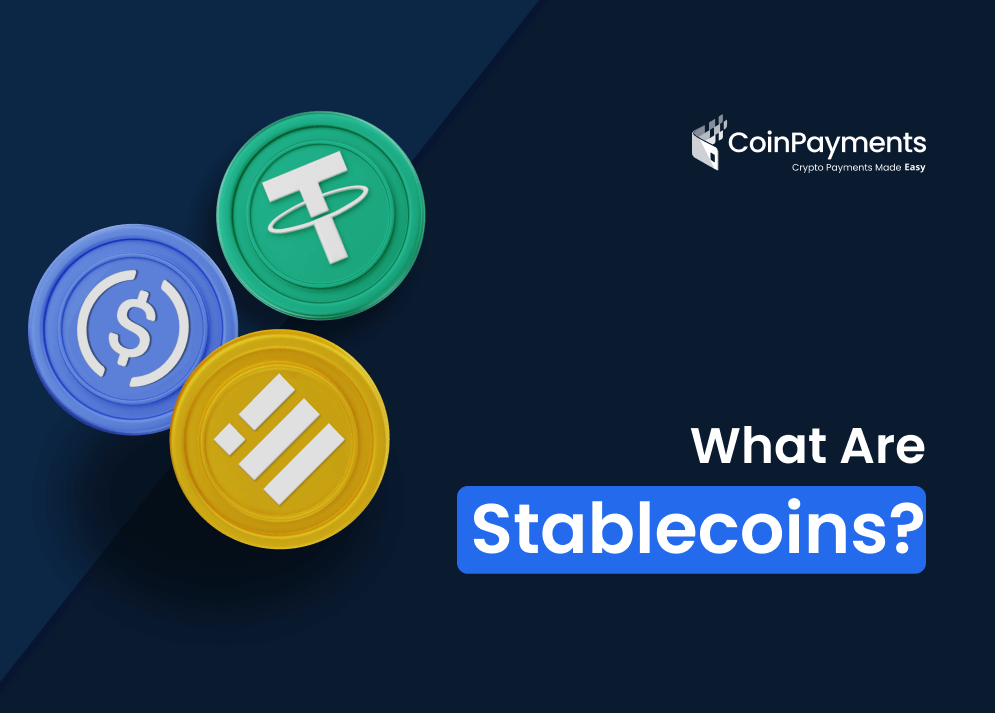
There’s no denying that Bitcoin transactions are convenient, flexible, and perfect for facilitating decentralized commerce around the world. Still, one lingering problem has been a facet of Bitcoin transactions since these digital assets’ inception: transaction time.
Even with today’s technology, Bitcoin transactions can take quite a while to finalize. Why is this, and is there any way to fix it?
Today, let’s break down the answer to both of these questions and more.
How Bitcoin Transactions Are Confirmed
For Bitcoin to work, transactions must go through a lengthy and complex process. In a nutshell, Bitcoin transactions get validated and confirmed using network “nodes,” which can be thought of as any terminal that can interact with the Bitcoin network.
For standard Bitcoin protocol, this validation is performed via cryptographic hash solving. Bitcoin miners solve cryptography problems to verify information on Bitcoin blockchains. The information is then recorded on the broader blockchain, which acts as an irrevocably distributed public ledger.
This is more complicated than you might think. When the Bitcoin transaction is recorded, it’s registered with a transaction input or the Bitcoin address for the sender, alongside a transaction output or the Bitcoin address of the receiver. Of course, the amount of Bitcoin sent is also recorded.
Because the cryptographic problems for Bitcoin blockchain security are so complex, verification is not instantaneous. On average, it takes approximately one hour for a Bitcoin transaction to complete. This marks the transaction as entered on the next available block. The transaction is usually deemed successful once three to six “Proof of Work” confirmations are made.
But this isn’t the end, either! Because many people use Bitcoin and other cryptocurrencies, transactions have to enter a queue and wait for their “turn” to be validated by miners. Because of this, the actual Bitcoin transaction confirmation time for buyers and sellers can vary from 10 minutes all the way up to several hours or days.
Waiting for Confirmations
The most common factor that impacts Bitcoin transaction time is waiting for confirmation. “Confirmation” means a has been added to the blockchain block after your transaction’s block.
There are three things to keep in mind:
- If you make a transaction, it added to the blockchain in an empty block
- If there are three confirmations, that means three new blocks have been added to the blockchain
- Confirmation is not necessarily the same thing as verification or validation
Simply put, if you try to make a Bitcoin transaction during a period of high traffic — such as during the weekend and business hours — then your transaction will have to wait until a miner devotes their computing power to verify it.
If there are many other transactions, this can take quite a while. Some people in the Bitcoin community will pay miners premium fees so that their transactions are validated more quickly. If you don’t do this, you’ll have to wait for a miner to pick your transaction up.
What If There Are No Confirmations?
If fewer than three transaction confirmations occur (or no confirmations occur at all), you can always cancel your Bitcoin transaction. This prevents Bitcoin from changing hands.
This can occur if you try to force a transaction during high traffic time and there aren’t enough miners on hand to do the work. This can also occur when there aren’t enough minors working, in general. The latter is more common in newer cryptocurrencies that don’t have big user bases, but it can still occur with Bitcoin from time to time.
Impact on Exchanges
Furthermore, Bitcoin transaction time affects exchanges. Therefore, many crypto exchanges — like Coinbase — “batch” payments together to accelerate verification and confirmation.
Thus, some exchanges may facilitate faster Bitcoin transaction times than others. This isn’t always the case, but it’s something to keep in mind as you look for an exchange to house your wallet or to use frequently.
How Does The Bitcoin Network Handle Traffic?
The Bitcoin network handles traffic admirably given how many transactions occur each day. Generally, the Bitcoin network processes about 25 million transactions each quarter using the blockchain system.
During times of low traffic, you can expect transaction times to accelerate. If there’s a lot of traffic, your transaction will be given a “pending” label by network nodes. This means the transaction has not been validated and Bitcoin will not actually show up in the recipient’s wallet for the time being. It’s not on a valid Bitcoin block yet.
The information shows up in the “Mempool” and any coins don’t leave one user’s Bitcoin Wallet. Note the Bitcoin transaction fee doesn’t go through for pending transactions, either.
What Is Scalability and How Does It Affect Speed?
As you may expect at this point, scalability is a big problem with Bitcoin and other large blockchain systems. Compared to Visa transactions, blockchain systems are comparatively very sluggish.
To scale a blockchain, one can’t just increase the block size or reduce hash complexity, which would reduce the security of the system overall. Scalability affects speed because it caps how many transactions can be recorded on a block at once.
For instance, Bitcoin’s blocks are hardcoded to only contain 1MB of information. You can’t go above this limit. Therefore, the limitations of the Bitcoin network mean that new blocks have to be mined to handle more traffic. Since mining takes up the lion’s share of time, this slows down transaction speed even further.
How Does Bitcoin Deal With Bigger Blocks?
At this time, there are lots of hypothetical solutions to the scalability problem. For example, Bitcoin SV or BSV is a new hard fork of Bitcoin Cash. This is trying to solve Bitcoin scalability by using an unbounded block cap size.
In theory, it would allow blocks to contain unlimited levels of information before being verified. This would, therefore, reduce how many verification algorithms need to be solved by miners.
However, the problem persists and Bitcoin’s base blockchain isn’t making major strides so far. Time will tell how Bitcoin will deal with the traffic and scalability problem in the future. A larger block size of more than 1 MB will likely be needed eventually.
Why Do We Need a Fee, Anyway?
All Bitcoin transactions include transaction fees, which can range from as little as a few dollars up to larger chunks of change. Transaction fees are paid to the miners and/or the network architecture operators or hardware, like servers. Think of transaction fees as maintenance fees so that everyone can enjoy the decentralized nature of blockchain.
Transaction fees also play another role: They prevent spam transactions from clogging the network. Since it costs to send Bitcoin, that means users will be careful about when they send Bitcoin to other people rather than trying to slow down the network in bad faith and force miners to validate junk blocks.
You can often accelerate your Bitcoin transaction’s speed by providing a higher fee rate. This essentially incentivizes miners to validate your block more quickly than others.
Low fees mean miners will eventually get to your block, but it may sit in the backlog of transactions with loads of other BTC transaction information for some time. Average Bitcoin transaction fees are around $1.60 or so at the time of writing.
How Does the Lightning Network Work?
The Lightning Network is a new layer added to the Bitcoin blockchain. In theory, it will allow off-chain transactions or transactions between two parties that aren’t on the blockchain. This will allow several different payment channels between Bitcoin users.
The hope is that the Lightning Network will help with scalability by allowing transactions outside the blockchain. These transactions will benefit from the centralized security but won’t directly add more work to the core Bitcoin network.
What Is SegWit?
SegWit — or Segregated Witness — is a change to Bitcoin’s transactional format. This protocol upgrade is intended to prevent transactional malleability or fraud and reduce transaction times by boosting block capacity.
Again, this is another attempt by Bitcoin to solve the scalability problem. For now, not every node, miner, or blockchain user accepts SegWit. But it’s usually recommended for the security and speed benefits.
Conclusion
As you can see, lots of factors go into Bitcoin transaction length. However, many are hopeful that Bitcoin transactions will become faster and more flexible in the future, especially as more merchants start to accept cryptocurrencies at their shops.
You can jump in on this trend and draw even more people to your eCommerce store with CoinPayments. Our crypto payment gateway is easy to sign up for and start using, and our merchant tools will help you maximize your store’s potential. Sign up today, and let’s get started!



